I am deaf
After 18 months with hearing aids I just learnt I am deaf. Huh.
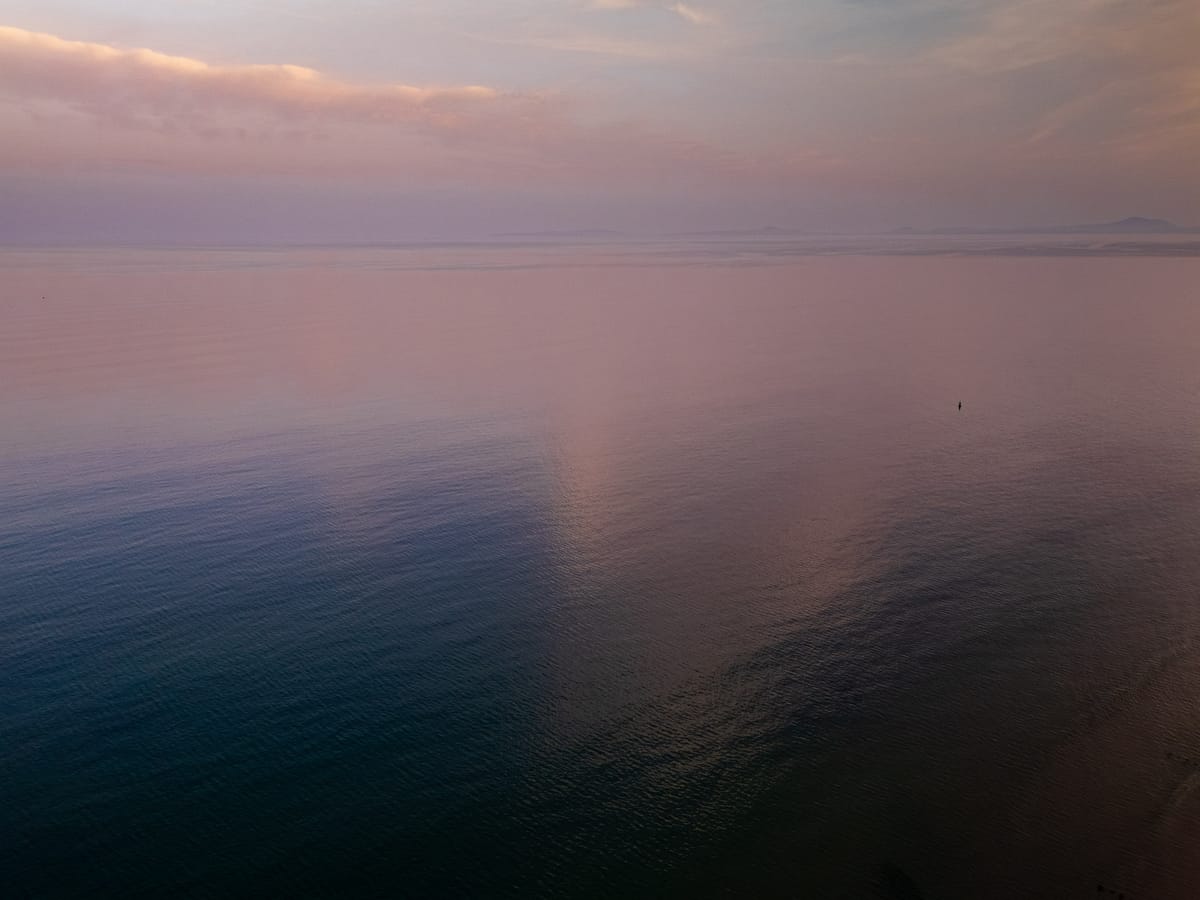
I am deaf
Recently, I went to an exhibition of photography by a D/deaf camera club. The information panel at the door explained what it meant to be Deaf, deaf, or hard of hearing. After reading it, I was surprised to learn that I am deaf. While I’ve had hearing aids for nearly 18 months, at no point did anyone, not Specsavers or the NHS, tell me that I was deaf. Could I have done anything useful with that information? Do I feel like I’ve lost 18 months of being deaf? No, and maybe it is best for me to one day let go of labels, but for now, it is interesting to learn that I am part of another interesting community I never expected to be. I label myself as autistic, ADHD, AuDHD, non-binary, trans, queer, nerd, geek, broken/not-broken, wild swimmer, occasionally naked beach wanderer, photographer, writer, enby previously identifying as male, all to feel part of communities. So, add deaf to that jumble.
The exhibition launch was interesting. After the speeches, there was a 10-minute period of silence. Communication was only possible through non-verbal means. The aim of the 10-minute silence, I imagine, as I ironically couldn’t hear the instructions, was to flip the world. Deaf was normal and speech was the minority. All those who relied on speech got to experience what it must be like to walk a few steps in someone else’s shoes. Now all the D/deaf people who could sign/lip read were happily chatting away, and the people who relied on speech were stuck. I could only manage signing “Close your rings” and “Thank you” due to Apple Fitness. Not very useful, but it shows the power of putting these ideas in front of people who never feel the need to engage with them.
All that said, my experience was a little different. If the intention was to create a space where people who could speak felt uncomfortable and people who could sign felt empowered, I felt... calm. Attending exhibition launches is often stressful for me as an autistic person with social anxiety. There are always people there I sort of know, and my social anxiety makes me question whether I should talk to them or not. “How well do I know them?” “Do they remember me?” “What have we previously talked about?” “What was their name again?” “Do I compliment them on their outfit, or is that too personal?” “Do we shake hands? Oh no! My hands are moist as it’s humid. Is fist bumping OK?” I worry, and so I avoid people. For me to be around people, I need to continually practice being around them, or I forget how to be around someone. Sounds absurd, but that’s just how life is. Constant practice at being me.
There are also autistic sensory issues. The visual issue of being overwhelmed by lots of people moving, seeing someone you know, an interesting camera, or a curious photo. All those people generally make the space uncomfortably warmer, another sensory issue. Would it be easier if we were all naked? It would resolve the issue of squeezing past someone for sure. Lastly, and most importantly, exhibition launches filled with people are noisy. I hear everything and struggle to isolate one close voice in all the noise. My social anxiety prevents me from saying, “I’m sorry, I have hearing issues and can’t talk here.” Instead, I nod in what I hope are the right places and muddle through. These events are important for my job, but complex and stressful for me.
At this exhibition launch, no one could talk. The room was calm and quiet. I loved it. When I met someone I knew, I typed messages on my phone to them. During Lockdown, some galleries started up Discord servers and tried to keep the art conversation going through text-based chat rooms. It was interesting to be able to talk to people I never could due to the social anxiety I face in meatspace. Unfortunately, as the real world opened up, this accessibility tool faded away, and I once again had to face my social anxiety to engage with people. Similarly, at this exhibition, once the 10-minute silent period was up and conversation returned, I had to deal with hearing issues, sensory issues and social anxiety issues. It was overwhelming, and I felt trapped between worlds.
Nearly 15 years ago, I did a photography project discussing social anxiety at events like this, and while it may seem like I disappear into my phone, what I’m doing is using it as an accessibility tool. I’m connecting with the event through online hashtags rather than real-world chat. That was 15 years ago. The Lockdown Discord was 5 years ago. I was making accessible websites 20 years ago, and writing silly poems about social anxiety and chat rooms nearly 30 years ago. Technology moves quickly, but accessibility and acceptance seem to move slowly. After 30 years of using online tools to reduce my social anxiety, why aren’t they commonplace? Why can’t we attend an event like this and have a local chat room set up for those in attendance? A space to talk and pose questions, where the speeches could be live transcribed for all to follow. Maybe one day.
If the intention of this silent period at the exhibition launch was to create a space to empathise with D/deaf people, great. People don’t know till they experience, and I hope some people came away from it with a memory of living in a world not set up for their needs. For me, while calm in the silent part, I did not feel part of that world, and while anxious in the noisy part, I also did not feel part of that world. Would the ideal setup for me be communicating through sign while wearing noise-cancelling headphones? Maybe, but how many people know sign? I don't. For now, I need to learn to accept myself and not feel socially anxious when I struggle to process sound because I'm deaf, not that I'm labelling myself.
The exhibition "I'll Tell You Later: BSL Happy Snappers and Emma Case" is on at the Williamson Art Gallery in Birkenhead, Merseyside until 25th October, 2025.
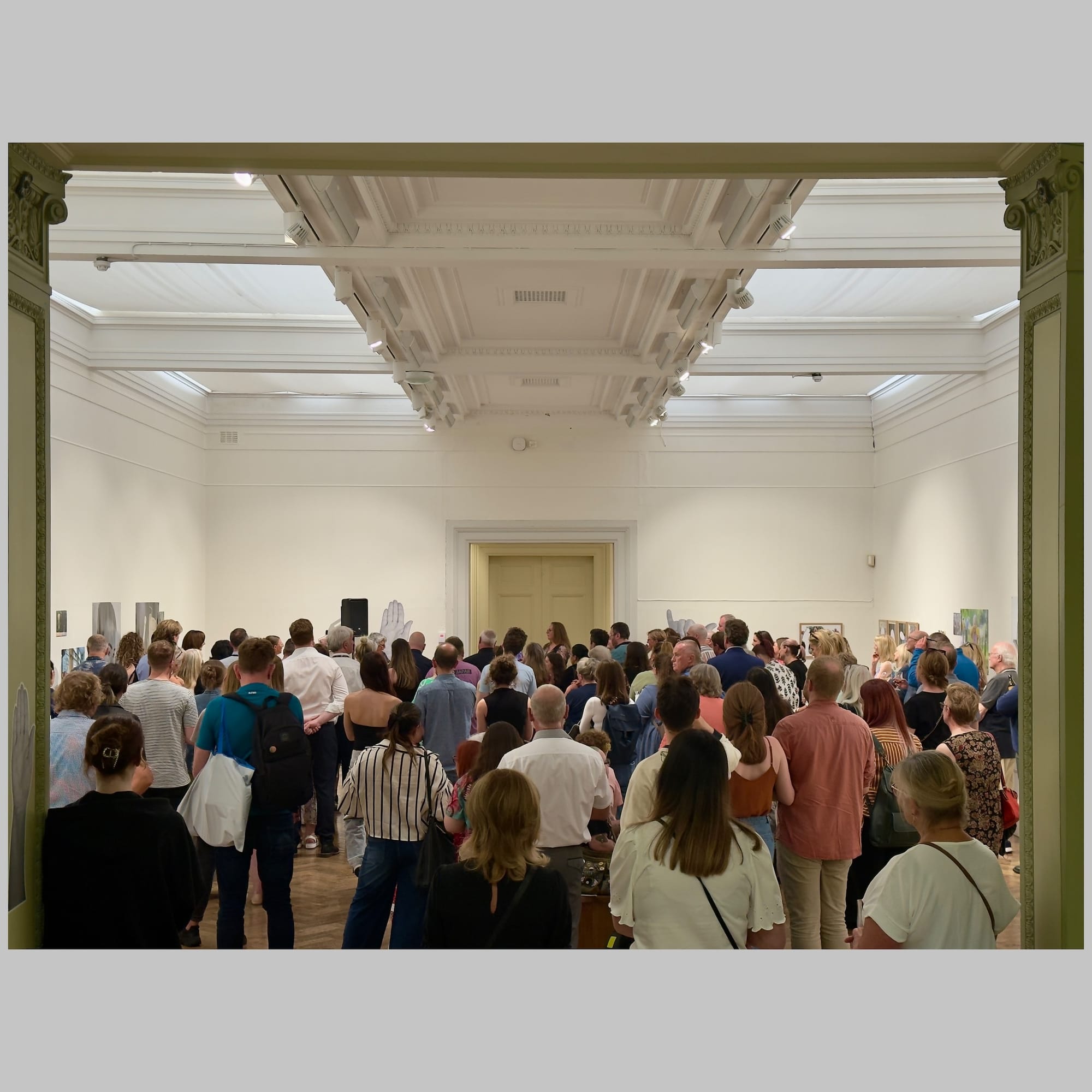
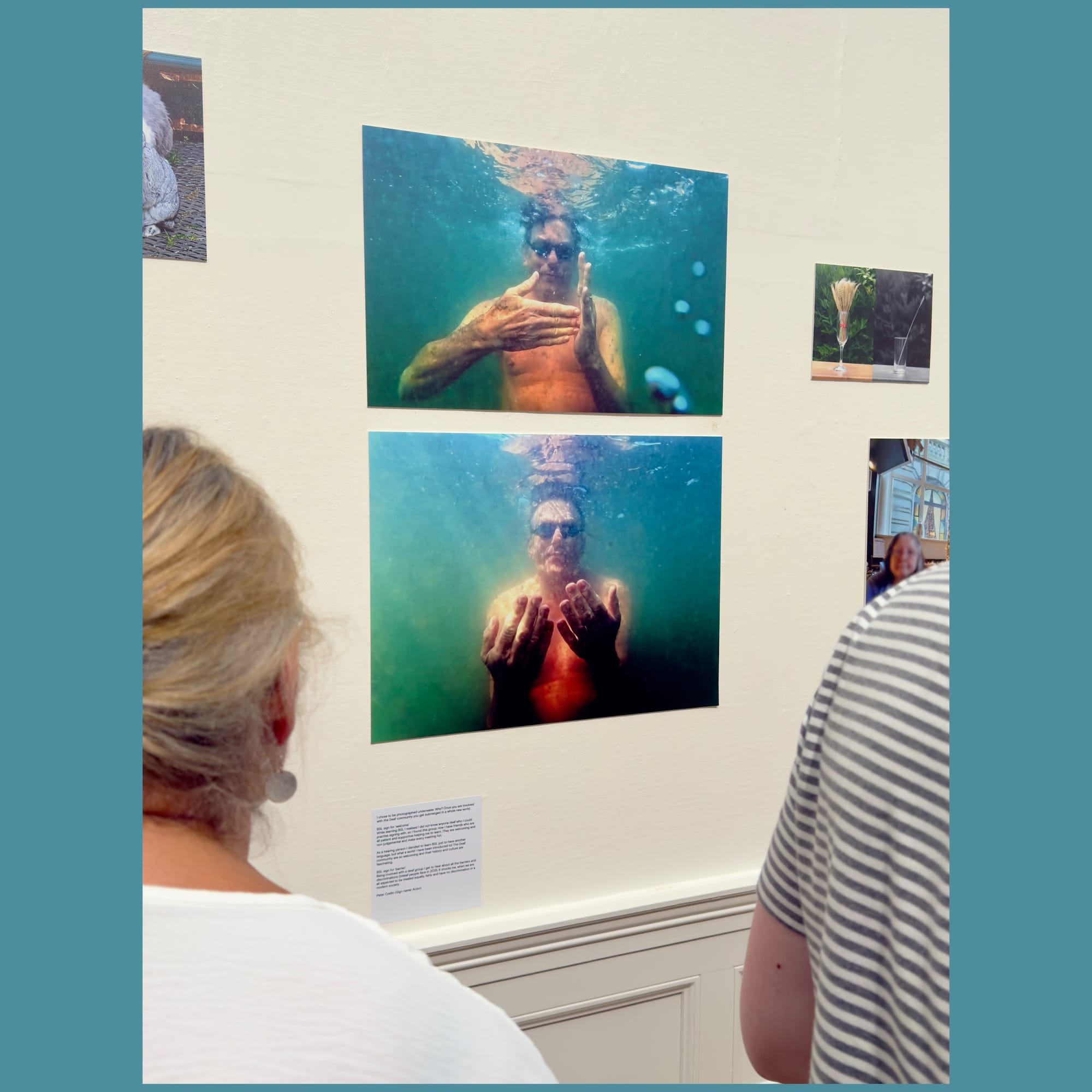
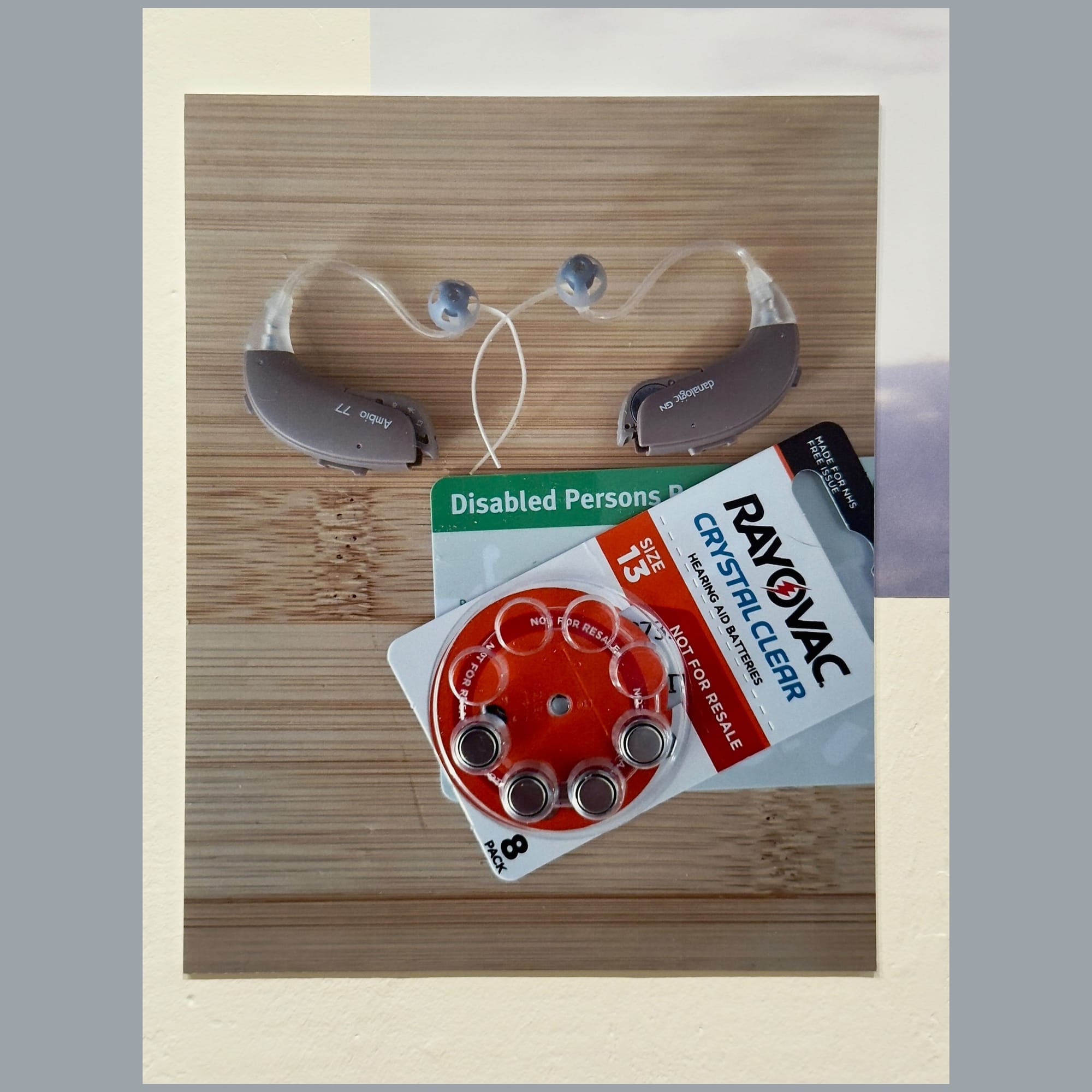
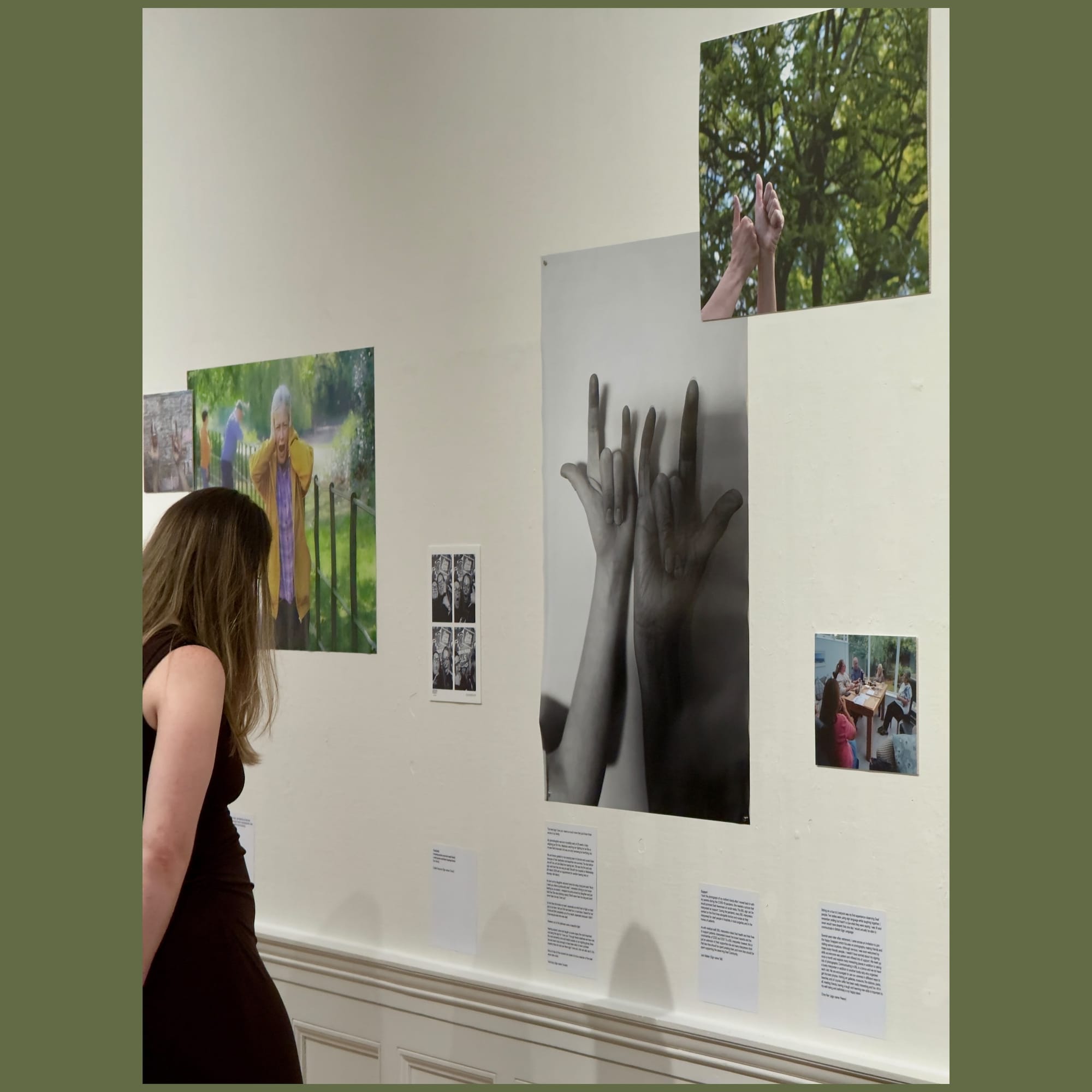
I’ll Tell You Later: BSL Happy Snappers and Emma Case at the Williamson Art Gallery
Links
- Disabled Persons Railcard | Official Retailer | National Rail. Get a Railcard for disabled persons and save an average of £115 a year on train travel - Find Out More
- Deaf culture: what is it, history, aspects, examples & facts. The deaf culture is incredibly diverse and has Sign Languages as one of its key aspects. Learn more about what it is and its importance.
- Deafness and hearing loss - Sense. This page answers some common questions about deafness and hearing loss. Find our more about causes and types of hearing loss.
- Hearing loss - RNID. The different types of hearing loss, how to get your hearing tested, and what can help you hear better and overcome communication challenges.
- Communication tips if you have hearing loss - RNID. Our research shows many people aren’t confident in communicating with people who have hearing loss, or British Sign Language (BSL) users. If you have hearing loss, you may find these tips helpful when sharing your communication needs with others. These three simple steps can help you to get started: 1. Get my attention […]
- What Are Big D and Little D? | Deafax. Some deaf people may align themselves into two ‘categories’ - either Deaf with a capital D or being deaf with a little d. While these terms don’t begin to express the full spectrum of attitudes and conformities, they can help us to understand how identity differs in deaf culture.

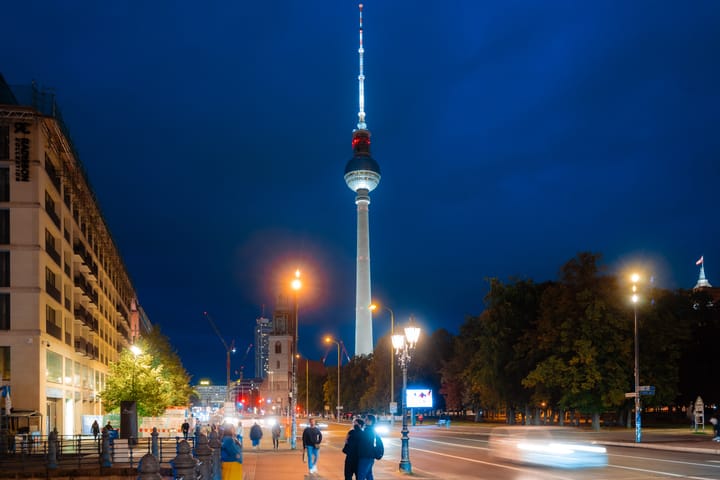

Comments ()